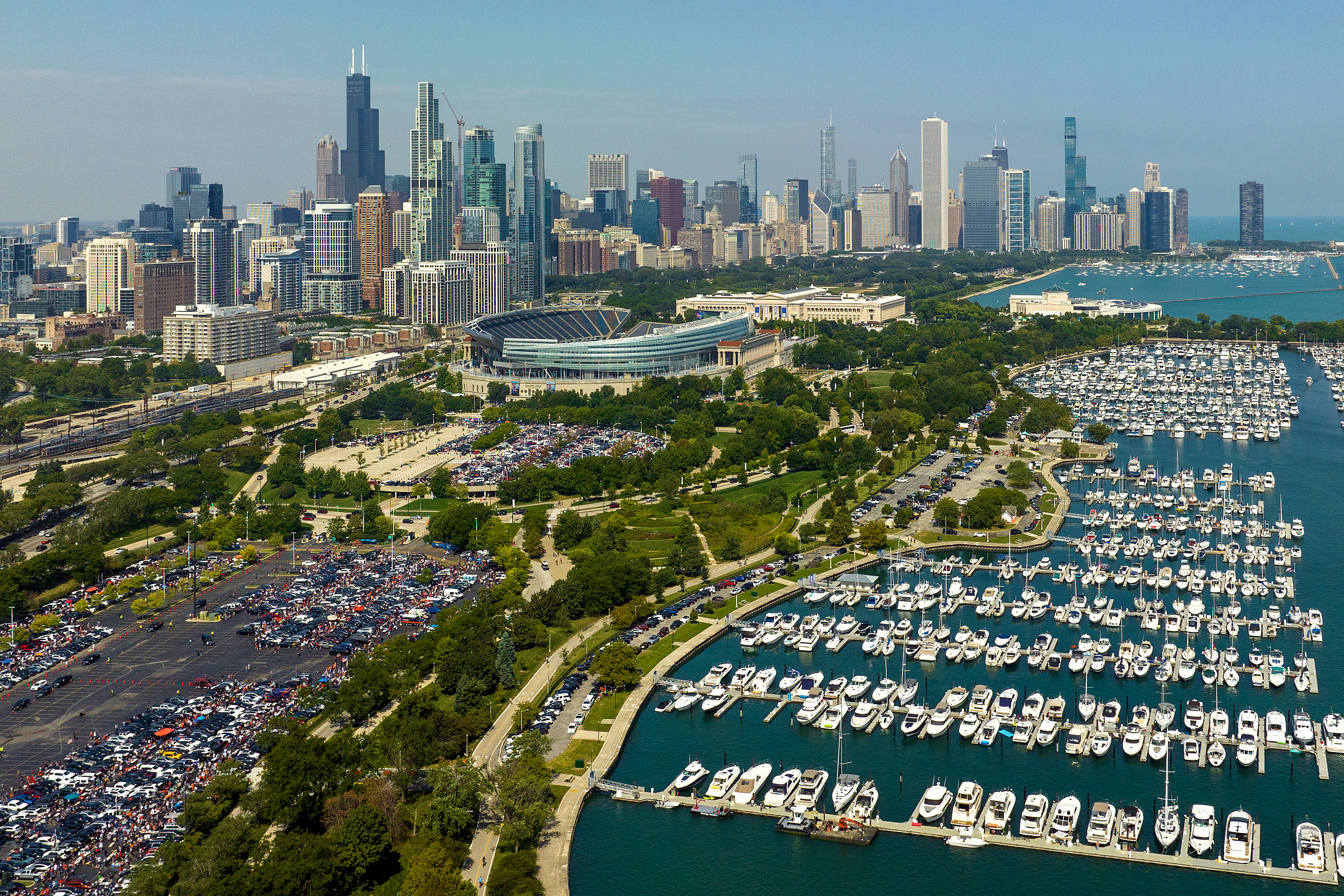Gov. J.B. Pritzker said he is "always concerned" when it comes to Illinois' ability to provide enough testing for COVID-19 for everyone statewide.
During his daily coronavirus briefing, Pritzker said the state has faced challenges when thousands show up to get tested for the coronavirus at one location on a singular day.
"Yes, I always worry about not having enough testing," Pritzker said. "Which is why I've been on top of it since day one."
The governor said a new antigen test should provide broader testing abilities in places with the most urgent need, such as long term care facilities, but officials are still working to make them more widely available.
On Friday, Illinois health officials returned over 95,000 tests, which showed nearly 7,000 more individuals have the coronavirus, the state's highest number of daily cases since the pandemic began.
A total of 83,056 new tests were performed over the last 24 hours, with 7,542,098 performed during the pandemic.
According to data released by the Illinois Department of Public Health, the state saw 6,943 new cases, a number higher than daily totals reported during the coronavirus peak earlier this year.
Local
There were also an additional 36 deaths reported in the state Friday. The new fatalities bring the state’s death toll to 9,711, according to state data.
Illinois top doctor warned Friday that hospitalization numbers look concerning as the state has not yet hit the peak of the second wave of the coronavirus pandemic.
Illinois Department of Public Health Director Dr. Ngozi Ezike explained that she views Regions 7 through 11 differently than Regions 1 through 6 in terms of their handling of the coronavirus during the first wave in the spring.
Ezike said regions 7 through 11 hospitals saw COVID-19 worse than Regions 1 through 6 during the initial months of the pandemic. Now, however, 7 through 11 could be better prepared for seeing current numbers, she said.
In the second wave, Regions 1 through 6 are generally seeing hospitalization numbers equal to those during their peak of the first wave despite not even hitting the second peak yet.
Health officials expressed concern that should there be an immediate need for largely more hospital and ICU beds, hospitals may not be at a capacity to provide them.



